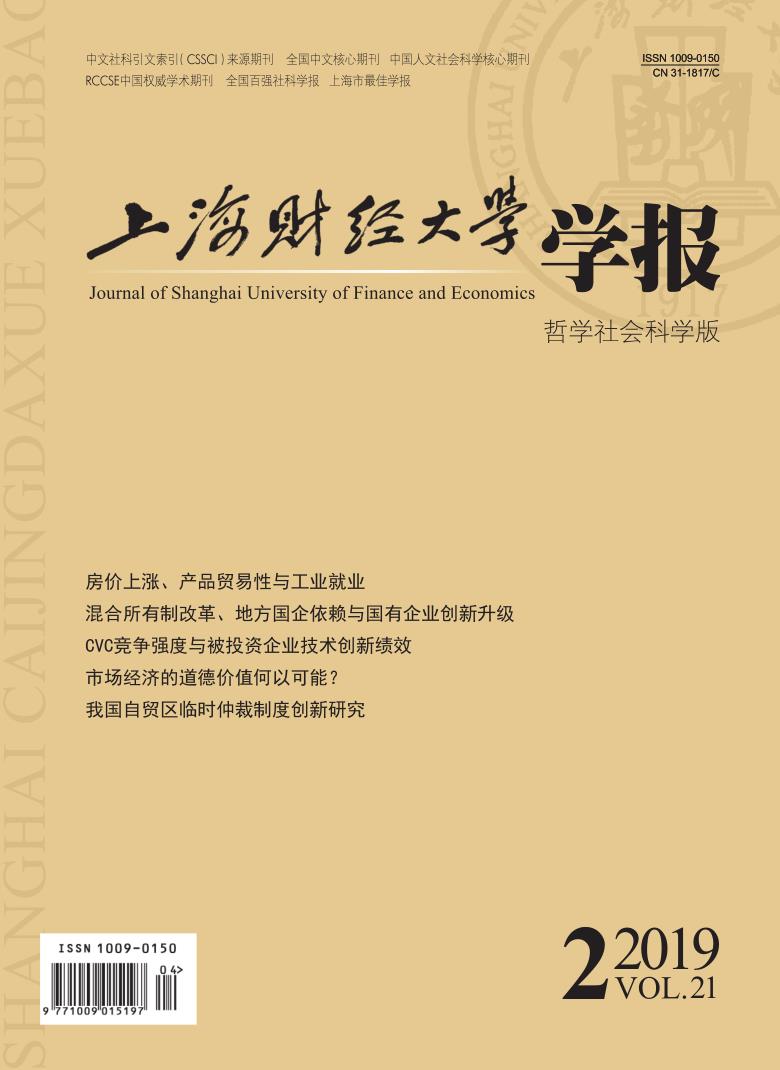In the context of rapid change, innovation is the key for enterprises to maintain sustainable competitiveness and survive and develop in an increasingly competitive market environment. As an important mode for large enterprises to obtain external technology sources, CVC is the main tool for value creation and an important form of corporate entrepreneurial activities. It has the general purpose of obtaining high financial returns as traditional venture capital, and also has the unique strategic goal of maintaining open innovation, acquiring new technologies and entering new markets by investing in start-ups in the same or different industries. Whether the CVC parent company can effectively promote the technological innovation performance and capabilities of invested enterprises while paying attention to its own strategic benefits, researches have not yet formed consensus conclusions. And empirical studies on the reasons for the differentiated impact of CVC investment on innovation performance of invested enterprises are still relatively few. Based on the 2008-2016 GEM and SME IPO enterprise sample data, this paper uses the random effect model of non-Balanced panel data to study the impact of the industry competition intensity between the CVC parent company and invested enterprises on the innovation input and output of invested enterprises in the Chinese context, and analyzes the mechanism of the CVC parent company’s involvement intensity in the board of directors, supervisors, and the management of the invested enterprises. It is found that the CVC parent company which is competitive with invested enterprises is more likely to generate opportunistic behaviors such as imitation and theft, which will inhibit the innovation efforts of invested enterprises. Therefore, the industry competition intensity between the two parties has a significant inhibitory effect on the innovation patent output of invested enterprises. However, the involvement intensity of the CVC parent company has actively promoted the innovative R&D investment and patent output of invested enterprises. In addition, the competitive CVC parent company increases its involvement in the board of directors, board of supervisors and management of invested enterprises, which can partially reduce the information asymmetry, supervise and restrain the behavior of invested enterprises, and thus promote the R&D of invested enterprises. Based on the above conclusions, this paper points out that: we should encourage large enterprises with good conditions to develop the innovative combination of industry and finance such as " industry + venture capital funds”, strengthen the protection and enforcement of intellectual property, take the joint investment strategy with independent venture capital institutions, give priority to the investment in start-ups located close to each other, and increase the participation of the CVC parent company in the management of invested enterprises, effectively improving the efficiency of technological innovation output of invested enterprises and promoting the technology innovation performance of invested enterprises.
 / Journals / Journal of Shanghai University of Finance and Economics
/ Journals / Journal of Shanghai University of Finance and EconomicsJournal of Shanghai University of Finance and Economics
LiuYuanchun, Editor-in-Chief
ZhengChunrong, Vice Executive Editor-in-Chief
GuoChanglin YanJinqiang WangWenbin WuWenfang, Vice Editor-in-Chief
The Competition Intensity of CVC and the Innovation Performance of Invested Enterprises: An Analysis of the Mediating Effect of Involvement Intensity
Journal of Shanghai University of Finance and Economics Vol. 21, Issue 02, pp. 46 - 64 (2019) DOI:10.16538/j.cnki.jsufe.2019.02.004
Summary
References
Summary
Cite this article
Wang Lei, Qi Yarong. The Competition Intensity of CVC and the Innovation Performance of Invested Enterprises: An Analysis of the Mediating Effect of Involvement Intensity[J]. Journal of Shanghai University of Finance and Economics, 2019, 21(2): 46-64.
Export Citations as:
For
ISSUE COVER
RELATED ARTICLES





 6728
6728  11826
11826

